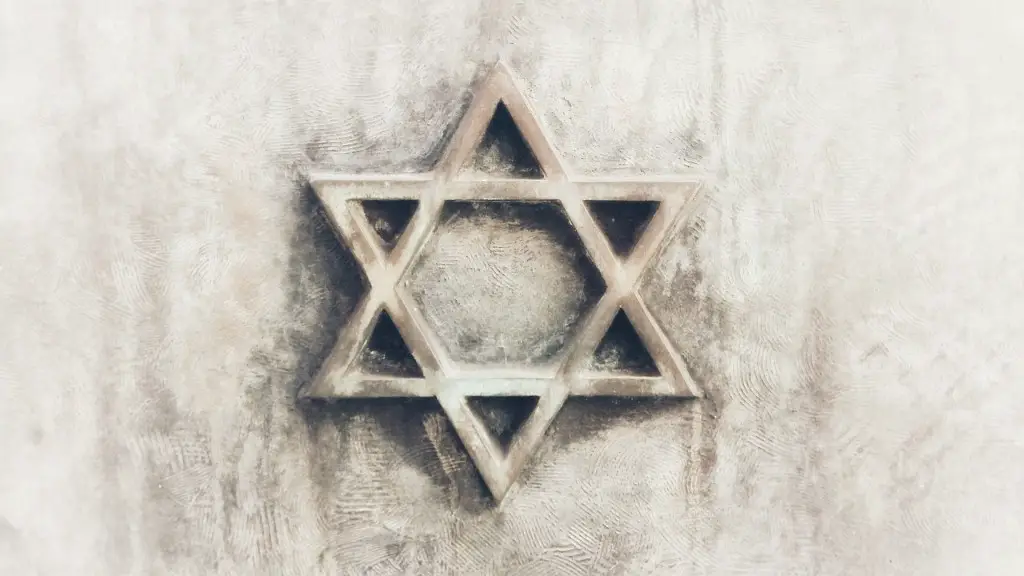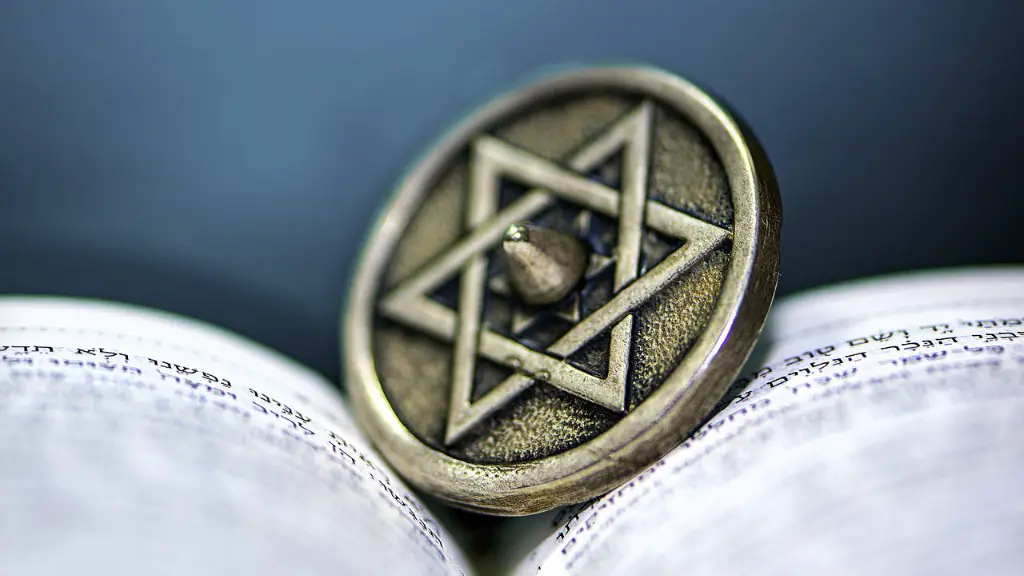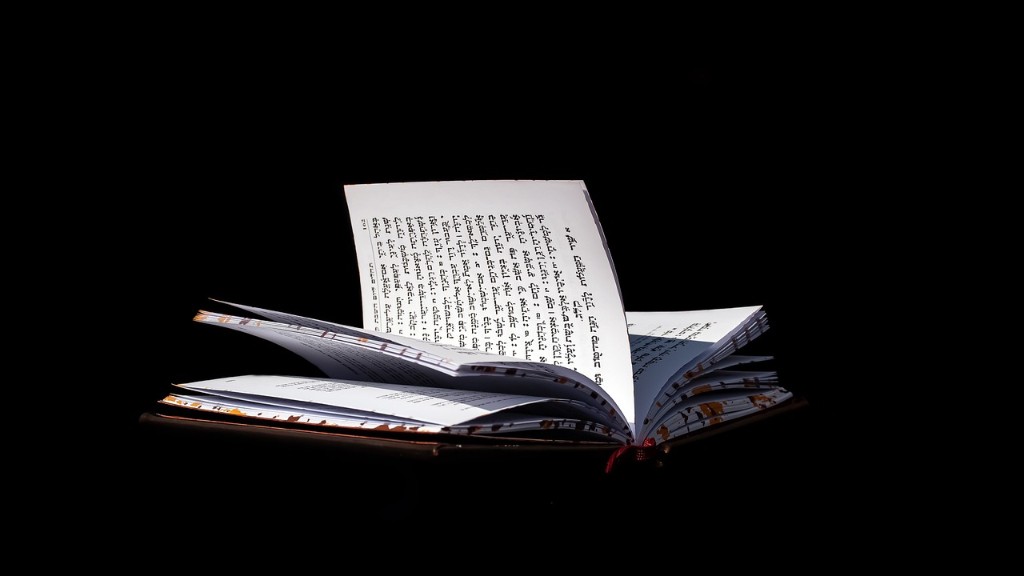The Three Abrahamic Religions
The three Abrahamic religions are Judaism, Christianity, and Islam, and these three religions share a common sacred heritage. Holy sites for all three strands of faith can be found in Israel, which is home to the second-most holy city for Muslims after Mecca: Jerusalem. Its Old City contains significant religious sites for all three religions, making it a unique place of pilgrimage and devotion.
The Dome of the Rock and Al-Aqsa Mosque complex in Jerusalem is the site from which Prophet Mohammad is said to have ascended to Heaven during the Mi’raj. The challenge for preserving the religious significance of the complex inspires the interfaith discourse that occurs here.
The Western Wall, also referred to as the Wailing Wall or the Kotel, is an iconic remnant of the Second Temple, which was destroyed by the Romans in 70 CE. The city is home to the Church of the Holy Sepulchre. This edifice marks the site where Jesus was entombed and resurrected, and it is the primary pilgrimage destination that Christians visit while in the Holy Land.
For Jews, Jerusalem is the centre of nationhood, and the place where their people’s faith was first realized. It is also home to the tombs of religious figures such as King David and the prophets Isaiah and Jeremiah. The most important of these sites is the Temple Mount, where Solomon’s First Temple once stood.
The intermingling of these faiths over Jerusalem creates a unique dynamic in which different religions and followers of these traditions interact and witness each other’s devotions and rituals. One example is the daily recitation of prayers, which is a uniquely human and profound experience for pilgrims regardless of their respective faiths.
The city of Jerusalem is a symbol of religious, cultural and historical significance for all three Abrahamic faiths, and its importance is reflected in the devotion to it by millions of believers and tourists from across the world. It is therefore a major part of the spiritual journeys that all three Abrahamic religions prescribe.
The City of Hebron and the Tomb of the Patriarchs
Hebron is one of the four cities holy to Jews, and is the City of the Patriarchs and Matriarchs for all three religions. It is the site to which the patriarch Abraham brought his wife Sarah, and where he and other relatives, including King David, are said to be buried in the Tomb of the Patriarchs.
The building is the second holiest site in Judaism, being the site of the first recorded Jewish presence in the land and the Cave of the Patriarchs is shared by Muslims and Jews. Muslims refer to the same site as the Ibrahim-i-Mosque, whilst Jews call it the Cave of Machpelah, or the Tomb of the Patriarchs.
The Cave of the Patriarchs and its surrounding buildings are considered sacred relics, and the patriarchs and matriarchs of the three Abrahamic faiths are said to be buried there. These tombs and the religious sites that adorn them, carry immense spiritual weight and are often times the target of numerous interfaith dialogues.
The religious importance of Hebron and its Tomb of the Patriarchs, is unmistakable. As such, it is also a centre for pilgrimage for people of every faith who seek to experience the tangible and spiritual imprint of these ancestors of faith.
Hebron is thus a unique witness to the deep religious roots of the Abrahamic faiths, and stands as a source of inspiration to those who seek spiritual growth and enlightenment.
Mount Sinai and The Burning Bush
Mount Sinai is a holy mountain located in the Sinai Peninsula of Egypt. It is a sacred site for both Jews and Christians, and it is believed to be the site where God gave Moses the Ten Commandments, as described in the Book of Exodus. The mountain is home to the Monastery of St. Catherine and the Church of the Transfiguration, which was built to honour the event of Jesus being transfigured on the mountain.
Mount Sinai is also known as the site of the Burning Bush, where God spoke to Moses. The bush is considered miraculous because it was supposedly burned without being consumed. It symbolises God’s power, and for this reason, it has been a significant site for religious pilgrimages for centuries.
The Monastery of St. Catherine is the oldest Christian monastery in the world, and it is believed to have been built on the site of the Burning Bush. The mountain is also home to the Mountain of Moses, which is an important pilgrimage spot for Muslims and is believed to be the place where Moses encountered God.
Mount Sinai has long been venerated and considered a holy site by all of the three Abrahamic faiths. Millions of pilgrims have visited this site in search of a spiritual experience, and its significance can be felt when one visits it, as its presence is undeniably palpable.
The City of Nazareth and the Basilica of the Annunciation
Nazareth, in the Galilee region, is another important holy site for all three Abrahamic faiths. Nazareth is the city of Jesus’ childhood and it is here that the momentous angelic visit to Mary occurred, as is described in the Bible. This event is considered to be of exceptional importance and is the reason why the Basilica of the Annunciation, built over this site, has been embraced by Catholics worldwide.
The importance of Nazareth is due to the prophecy of Isaiah that a great figure would come from it, which is believed by many to be a reference to Jesus, who is also known as “The Nazarene”. Nazareth is thus an important source of pilgrimage for Christians, Jews, and Muslims alike.
The Church of the Annunciation, located in the centre of the old city of Nazareth, marks the traditional site of the Angel Gabriel’s annunciation to Mary. The church underwent extensive renovations over the years and it is now a uniquely designed structure that blends Byzantine and Ottoman architecture. The site is visited daily by believers and tourists of all faiths who enter the church’s façade in awe of the significance it holds.
For the pilgrims that make their way to Nazareth, the Basilica of the Annunciation is a reminder of the shared history of these Abrahamic faith traditions and the ways in which they make meaning out of the world around them.
The Read Sea and The Dead Sea
Another important holy site shared amongst the three Abrahamic religions is the Red Sea. According to the Bible, the Red Sea is the location where the Israelites crossed safely when seeking to escape from Egypt, and this event is believed to have been orchestrated by God. This crossing of the Red Sea is celebrated in the Jewish Passover Seder, and is also seen as a miraculous sign of God’s grace.
Moreover, the Red Sea is a popular snorkelling and diving destination, and it is known for its vast coral reefs and vivid marine life. This makes it a popular site for tourists, as well as pilgrims. The vast landscape of the Red Sea is a stunning testimony to the power of God’s divine will.
The Dead Sea, located east of Jerusalem, is a unique site of historical, religious and ecological significance. The holy site is venerated by each of the Abrahamic religions, and many sacred texts mention it. The most famous of these is the Book of Genesis, which refers to the Dead Sea as the “Salt Sea”.
The waters of the Dead Sea are believed to have certain medicinal properties, and are home to a rich biodiversity. The sea also hosts many religious festivals and pilgrimages, the best-known of which is the Feast of Tabernacles that takes place annually – an event held in reverence and devotion to God.
The Red Sea and the Dead Sea are awe inspiring spectacle, and signify the magnificence of the Creator and the ability of these three Abrahamic faiths to share in the same awe inspiring sites.


